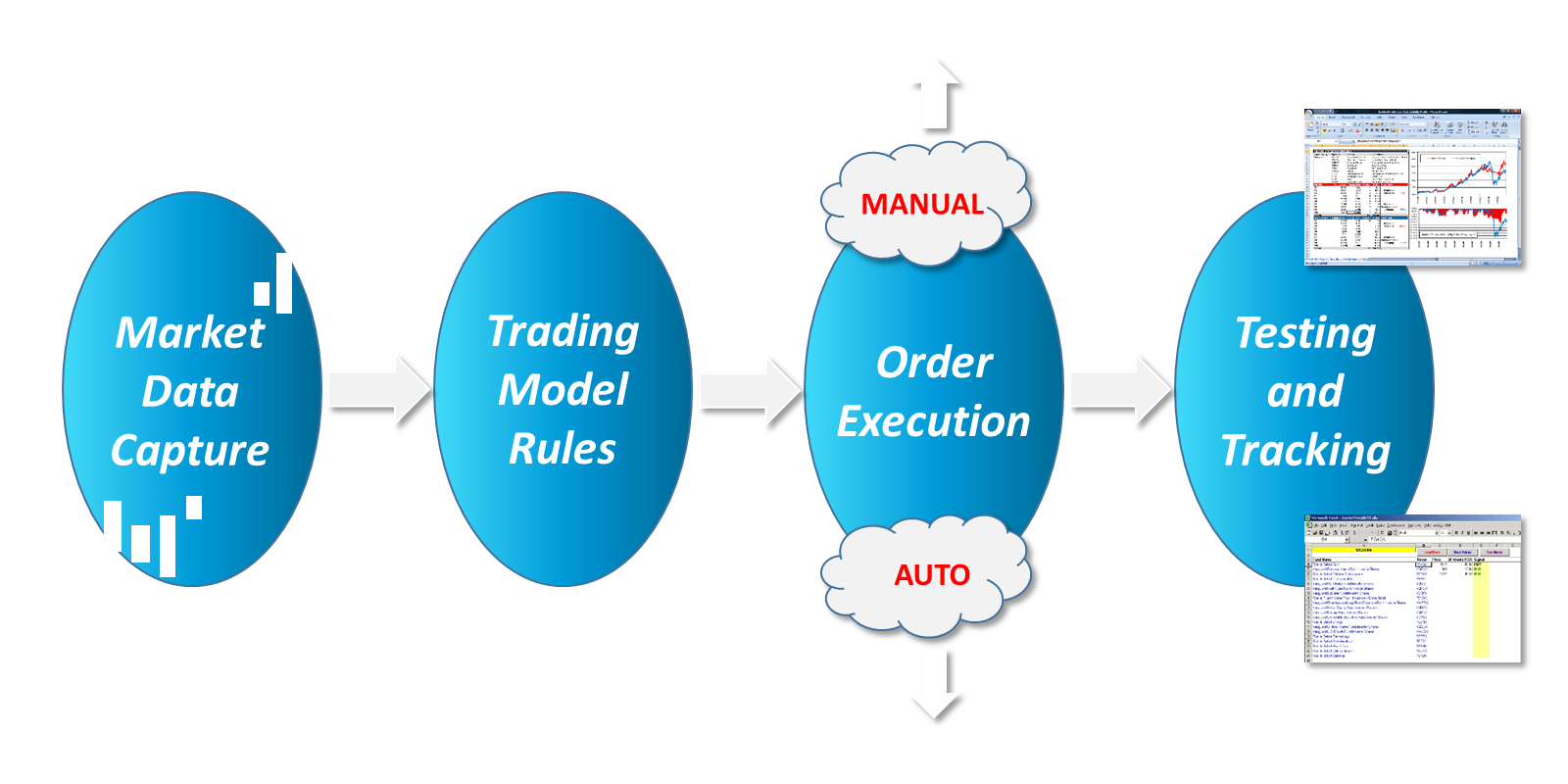
Articles
FAQ: A fund that was near the bottom started to move up quickly — does that mean it’s a better Buy candidate? Should I wait for something nearer the bottom to make a move rather than buying funds that are already in the Top 3 by relative strength?
It is not a good idea to "bottom pick" by only buying funds that move up from the bottom rungs quickly. The purpose of the model is to direct you into long term trends in the strongest sectors. While a fund that is moving up quickly may be heading into a long term...
FAQ: A fund that was #4 last week is now #3 and the #2 fund last week dropped near the bottom this week. IF #4 was a buy before but just not in top 3, is it truly a buy now because it got to move up a spot?
This scenario occurs when a fund with a BUY signal moves down, has a new OUT signal and gets replaced by another fund with a new BUY. The normal procedure would be to shift your money from the first fund that dropped down into the fund that moved up. That's the...
FAQ: Are the symbols listed in order of relative strength even if they do not say BUY?
Yes -- After you run the model, the ticker symbols always get reordered from top to bottom by relative strength, with the highest strength at the top and the lowest at the bottom.
FAQ: What can I expect as far as winners vs. losers? How can I ensure that I have more winning trades than losing trades, and how can I ensure I make money?
It is important to understand that the model will generate false trading signals. No trading model is 100% accurate -- in fact 75% accuracy is incredibly good and most outstanding systems with long histories of success have 65% or less accuracy. The key is the size of...
FAQ: Should I immediately switch my fund allocations as soon as I get a new signal? What about the first time I run the model? What about the second or third time I run the model?
When you first start out, you should run the model twice before entering any trades. Run it the first week, then run it again the following week to see if you get any new Buy signals. Most of the signals you get the first time you run the model are existing signals....
FAQ: If Buy goes blank the next week, am I still in?
No -- if a Buy turns to blank, this means you should treat it as an Out signal in the sector fund model. This occurs when a fund with a Buy signal drops out of the Top 3. Since the model only allocates capital to the Top 3 funds by relative strength, this means that...
FAQ: Once you get a Buy, will it still show as a Buy until it goes Out?
Yes -- it will continually say Buy until it says Out or goes blank (again, treat blanks as Out signals).
FAQ: Should I have either a Buy or Out signal?
Each fund will either have a Buy, Out, or blank. Treat the blanks as Out -- they are the same.
FAQ: I have 3 Buy signals but no Out signals – only blank. Since this is the first time / week that I ran it, is that why?
The sector fund model generates OUT signals for all the remaining funds besides the ones you get Buy signals for. The reason only the top 3 funds have Buy or Out signals is because the model deletes all the signals below the top 3 rows.
FAQ: I am having difficulty getting a section of the Excel VBA code to work. Some of the code is highlighted in blue and some is in yellow.
Here is the code that was highlighted in blue: ’open data .csv file and copy column B data to \Data/ sheet Also, this phrase was highlighted in yellow: Sub Load_Data( ) This problem is typically caused by a missing or mis-named .csv data file, ticker symbol, or data...
